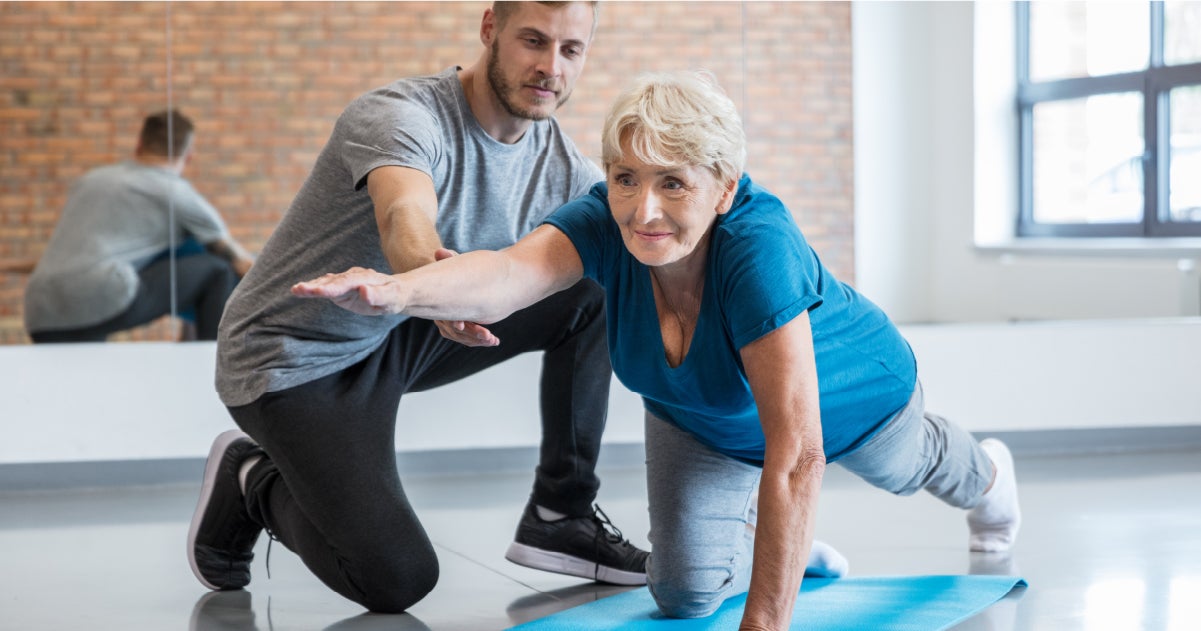Investigating the Varied Methods of Physical Rehabilitation for Enhanced Healing and Rehabilitation
Physical therapy is an essential discipline that assists people heal from traumas, operations, and multiple medical conditions. It entails a range of techniques aimed to improve mobility, reduce pain, and boost general physical function. Physical practitioners are qualified experts who assess each client’s requirements and develop personalized treatment plans. These programs often consist of workouts, manual therapy, and instruction about body mechanics. By employing these diverse techniques, physiotherapy can substantially enhance a patient’s quality of life.One frequent method used in physical is therapeutic activity. This includes targeted movements and exercises that help strengthen muscle strength, enhance flexibility, and increase stamina. For instance, a patient recovering from knee operation may perform exercises that concentrate on restoring strength in the lower limb muscles. These exercises are carefully chosen based on the individual’s status and goals. By gradually boosting the difficulty and complexity of the activities, physical practitioners can assist patients recover their strength and mobility over a period.

Another crucial method is hands-on therapy, which includes physical approaches to manipulate the body’s tender muscles and articulations. This can involve flexibility exercises, joint movement, and massage. Hands-on treatment seeks to relieve discomfort, minimize swelling, and enhance blood flow. For instance, a practitioner may apply gentle force to relieve tension in tight muscle groups or to help a articulation function more freely. This method is often integrated with other treatments to enhance rehabilitation and promote healing. Clients often find hands-on treatment to be a relaxing and effective way to manage their pain.
In addition to workouts and manual treatment, instruction plays a crucial part in physical. Therapists instruct clients about their conditions and how to handle them efficiently. This may include advice on proper posture, physical movements, and techniques to avoid future traumas. For example, a therapist might demonstrate a patient how to lift weighty objects properly to avoid injuring their back. By enabling patients with understanding, physical practitioners help them assume an active part in their recovery and promote long-term wellness and well-being.
Ultimately, technological advancements is progressively being incorporated into physiotherapy practices. Devices such as ultrasound, electrical stimulation, and immersive reality can improve traditional personal training for cardiovascular health therapy methods. These tools can help alleviate pain, encourage healing, and offer engaging ways for clients to participate in their recovery. For example, immersive reality can create engaging environments for clients to practice actions in a controlled and protected setting. As advancements continues to develop, it provides exciting opportunities for enhancing recovery results in physical.
In summary, physical encompasses a range of techniques that function together to support rehabilitation and rehabilitation. Through rehabilitative activities, hands-on therapy, client instruction, and the use of technological tools, physical practitioners provide holistic treatment tailored to each patient’s needs. This holistic method not only assists patients recover their bodily abilities but also enables them to maintain their health in the long-term run. As more individuals recognize the benefits of physiotherapy, it remains to play a crucial part in the journey toward improved well-being and fitness.